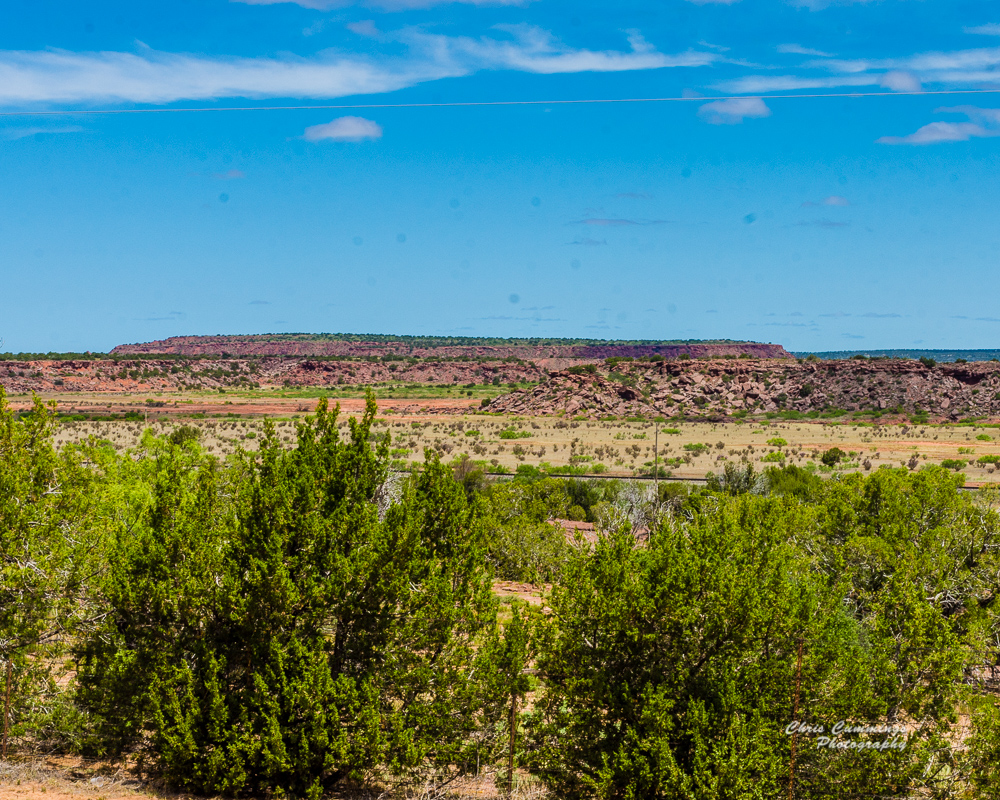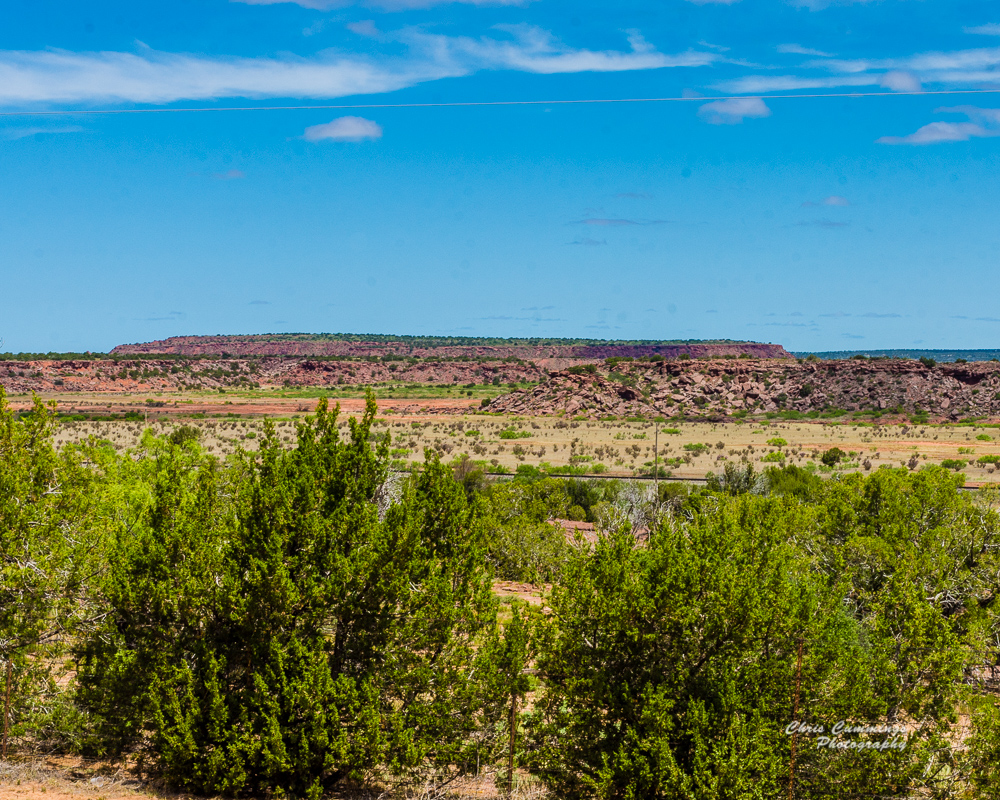The Joy of Having a Clean Sensor
(Or, the PAIN of NOT having a clean sensor)
So, I normally shoot with pretty wide apertures. I like the bokeh. Usually, I don’t shoot above f/8 or f/11. When I went on vacation, most of my shooting was in the bright daytime sun, so to make things easy, I used the Sunny 16 Rule and set my aperture to f/16. If you don’t know what the Sunny 16 Rule is, I’ll explain it below.
What I began to notice when I imported my photos is there were spots in my photos in the same place. These problems become more evident as you stop down your aperture, so what I didn’t notice before, I now noticed. I checked my lens and gave it a good cleaning and even switched lenses. Same spots, same places. That meant one thing… my sensor was dirty. Well, crap.

As you can see in the photo above, there are spots in my image that I didn’t want in my image because, well, they weren’t in the sky when I took my photo. So, I’ve already taken quite a few photos now and, yep, especially in the photos that were stopped down to f/16 or higher in bright daylight, there were the spots.
But, I can just remove them in Photoshop, right? Yes, I can. However, I took over 1800 photos and selected for review over 600 of those. So, even as I cull those down even more to the actual photos I want to keep, I am still having to do spot removal on quite a few photos. I won’t have that many, so it won’t be too big of an issue and I am my own client, so I’m good.

Now, if I’m working with clients that have quite a few photos, I’m on the clock. What I’m being paid has to cover not only the prints, canvases, etc., but also my time and expenses. If I have to spend even 5 extra minutes editing I wouldn’t have had to if my sensor had been clean, then with 30 photos, that adds up.
The moral of the story is… Keep your equipment clean, shoot to capture the image the best you can in camera so you don’t have to do a lot of editing. Time is Money.
Please read your instruction manual on how to clean your sensor. Most cameras will go through a cleaning cycle when you turn off the camera and may even have a menu item to clean immediately. Sometimes, you need to do more than just the in-camera cleaning. For this, I recommend you take your camera to a reputable dealer for your brand of camera and pay them to clean it, or send it in to repair. It is VERY easy to damage your camera’s sensor.
WARNING: If you decide to clean it yourself, be careful and NEVER, EVER, EVER used canned air to spray your sensor. You are almost 100% guaranteed to damage your sensor if you do this.
The Sunny 16 Rule:
According to Wikipedia: In photography, the sunny 16 rule (also known as the sunny f/16 rule) is a method of estimating correct daylight exposures without a light meter. … The basic rule is, “On a sunny day set aperture to f/16 and shutter speed to the [reciprocal of the] ISO film speed [or ISO setting] for a subject in direct sunlight.”
